Metal rings are used to embellish door hardware, used on key chains and in manhole and utility channel access points. Read More…
ISO 9001:2008 certified manufacturer specializing in custom roll forming. Unique profiles are run in gauges from 0.005" to 0.165" and widths up to 48" on 35 lines. Adding in-line operations may enhance your product.

Johnson Bros. is a leading manufacturer when it comes to roll forming metals, pre-finished and plain. Such as profiles, U-Channels, C-Channels, J-Channels, Hat Channels, Box Channels, Zee Channels, Strut Channels, moldings, and more.

With over 50 years of experience, United Roll Forming specializes in roll forming for a variety of industries. Our products are the result of state-of-the-art machines that provide both quality and efficiency.
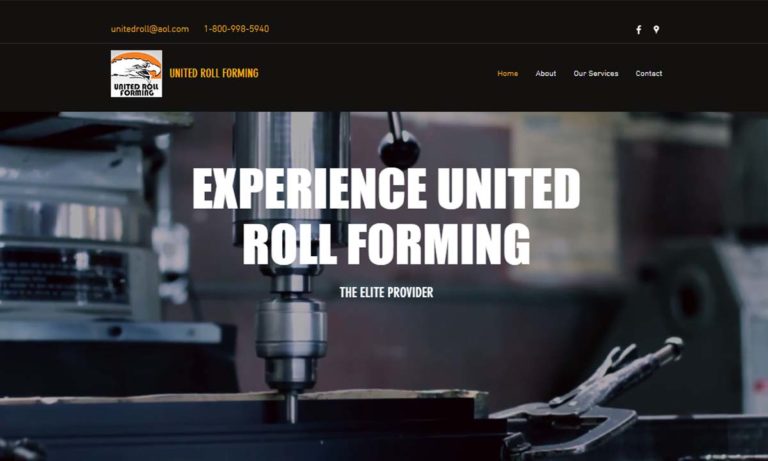
Producing five different standard products, as well as complicated roll forming sections and secondary operations such as notching, punching and fabricating, is Roller Die & Forming Company, Inc.

Premier Products of Racine is a full-service company established in 1999 that provides custom roll formed products for applications such as outdoor appliances, tanker trucks, and office furniture.

More Metal Ring Companies
The vast variety of metal ring applications extends to clamping, sealing, joining or trimming items such as drums and lids, street signals or mirrors. Children's toys, electronics, vehicles, furniture, appliances and many other products make use of metal rings in some way. A metal ring can be as small as a few inches in diameter or as large as ten feet in diameter.
While metal rings can be made for low-demand applications, certain industrial consumers of metal rings require their rings to meet specific standards of durability, corrosion resistance and other qualities. Chemical producers, oil and gas companies, aerospace products manufacturers, military contractors and other companies that put metal rings to work in demanding applications must be assured that their rings will not fail.
For such applications, steel is often the ring material of choice. Brass, aluminum, copper and zinc are other common materials used in the fabrication of metal rings.
There are a few processes by which metal rings are fabricated. The simplest, least precise way to make a metal ring would be to take a sheet or strip of metal, cut it to size, bend it by hand and weld the edges together. This is hardly a sustainable method because of its inefficiency and imprecision.
Roll forming is the process that most closely approximates the hand-bending method, but it eliminates those inefficiencies. A roll former is a long, narrow machine that features a series of spinning rollers. A long, preprocessed metal strip is fed into the receiving end of the roll former where it is caught by the first set of spinning rollers. These rollers fit tightly around the contours of the metal, and after having drawn the metal in, they push it to the next set of rollers.
Each subsequent set of rollers is configured a slightly different way, and as the metal strip is forced through them, its shape changes. In metal ring roll-forming, the rollers make the metal strip take a circular shape. Because no heat or welding is involved in roll-forming, roll-formed metal rings often emerge in a U shape or a similar shape. For this reason they are generally only suitable for uses in which they can be clamped shut with fasteners or by other means.










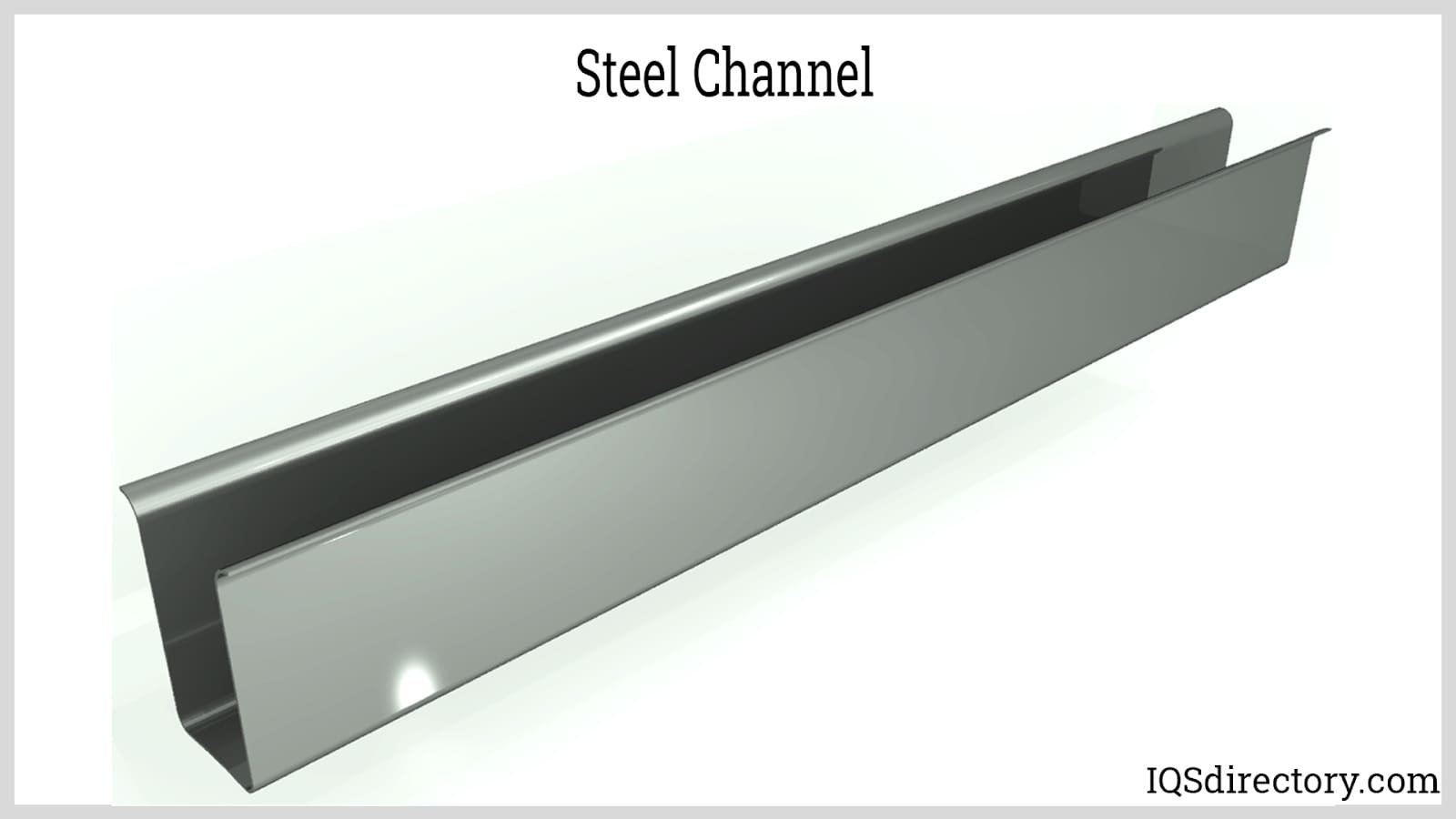





 Cold Headed Parts
Cold Headed Parts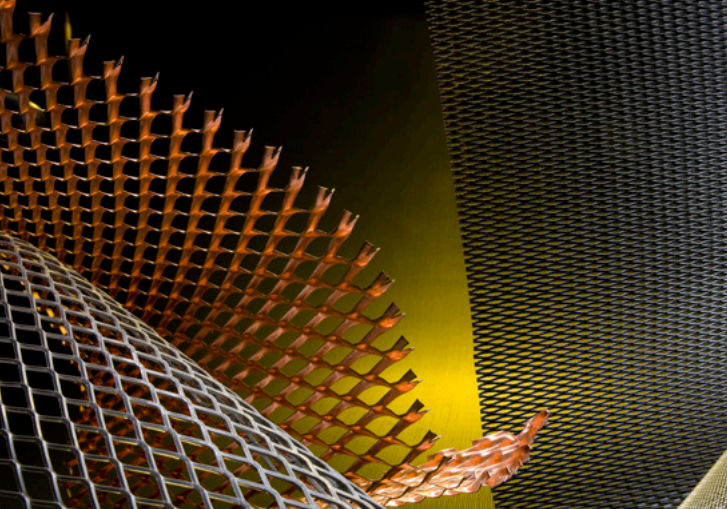 Expanded Metals
Expanded Metals Metal Spinning
Metal Spinning Powdered Metal Parts
Powdered Metal Parts Roll Forming
Roll Forming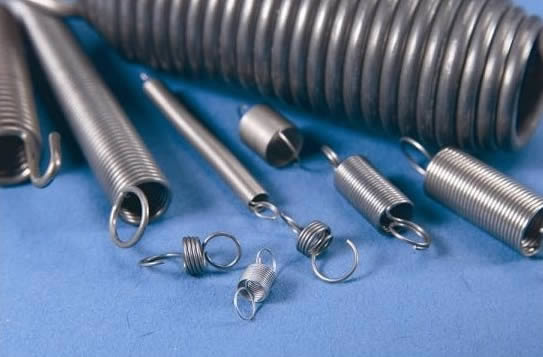 Springs
Springs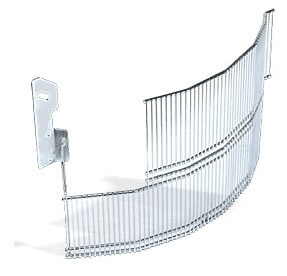 Wire Forms
Wire Forms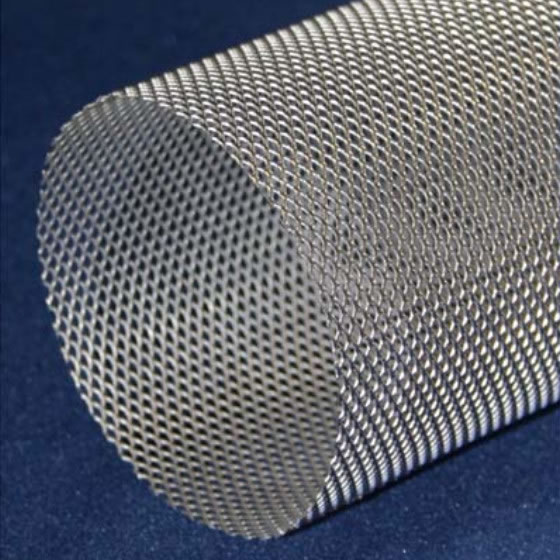 Wire Mesh
Wire Mesh Castings & Forgings
Castings & Forgings Bulk Material Handling
Bulk Material Handling Electrical & Electronic Components
Electrical & Electronic Components Flow Instrumentation
Flow Instrumentation Hardware
Hardware Material Handling Equipment
Material Handling Equipment Metal Cutting Services
Metal Cutting Services Metal Forming Services
Metal Forming Services Metal Suppliers
Metal Suppliers Motion Control Products
Motion Control Products Plant & Facility Equipment
Plant & Facility Equipment Plant & Facility Supplies
Plant & Facility Supplies Plastic Molding Processes
Plastic Molding Processes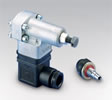 Pumps & Valves
Pumps & Valves Recycling Equipment
Recycling Equipment Rubber Products & Services
Rubber Products & Services